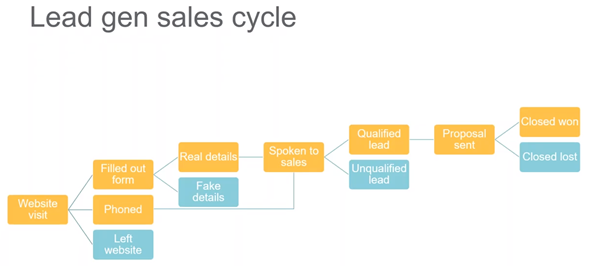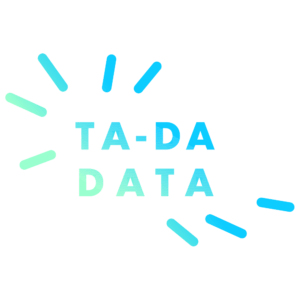
![]() Insights
Insights
Analytics and Data Science
First-party data refers to any data that a company has collated directly from its own audience. First-party data can collected through web analytics, newsletter subscriptions, app downloads, satisfaction surveys or customer accounts. It’s considered to be more valuable than third-party data for multiple reasons:
Due to a lack of sufficient data or because it is spread over multiple CRMs, many brands do not make the most of their first-party data. However, first-party data can improve return on ad spend (ROAS) and conversion rates for remarketing campaigns on ecommerce and lead generation websites.
Not all customers are the same. Adjusting your bidding strategy depending on who you are advertising to is a more efficient way of utilising your marketing budget. To make informed adjustments, you can use first-party CRM data to build a user matrix of your customers. You might want to include things like:
Once you have created a user matrix, you can segment customers and adjust your campaigns accordingly.
Customers who make frequent purchases, have a high average order amount and a low returns rate are high-value customers to ecommerce businesses. Focusing your media spend on these customers can yield a high return. You can adopt several tactics to encourage these users to spend more:
As high value customers are already familiar with a brand, it can be beneficial to exclude this audience from brand ads, as they are just as likely to click and convert through an organic listing. Another way to use this data is to create lookalike audiences to be used in paid media campaigns.
You may develop VIPs of the future by targeting individuals who have a similar profile to your high value customers. We can do this by pushing customer data into BigQuery and using it to create audiences in Analytics 360. These audiences can then be targeted in Google Ads, Search Ads 360, and Display & Video 360. You can also use these insights in paid social to create audiences in Facebook and LinkedIn.
You can use your user matrix to identify lapsed VIPs; customers who used to frequently purchase with a high average order and low return rate, but no longer buy your brand frequently.
Getting these customers back to the site to make a purchase can encourage them to become current VIPs, so ads you serve should be focused on that goal:
For this audience, we would recommend setting a tight frequency cap; we want to remind them about the brand, but we don’t want to use up huge amounts of budget.
Customers who buy often but regularly return, or have a low average order order, can cost brands money. To combat this, we might want to exclude them from paid media campaigns or restrict the marketing budget.
First-party data can also be used to improve remarketing campaigns for lead generation websites. There is typically a longer period between the first time a user visits a website, and the subsequent sale, which means remarketing is extremely important to keep prospects interested. The first step is to map out your sales cycle:

Remarketing is mostly associated with targeting ads at someone who has left a website without converting. For lead generation websites, this tends to mean leaving a website without filling in a form to request more information.
However, there are multiple additional opportunities to target users in the lead gen sales cycle. One often missed opportunity is when a user fills in the form with fake details. We find that those who go as far as to fill the form out, even with fake details, are usually very motivated and interested in the product or service. For these users, we may present them with an alternative page (one that offers fewer barriers in the form fill, or a higher reward for filling the form in) to encourage them to leave their real details.
We can use remarketing campaigns to nurture relationships, with those who have been identified as a qualified lead, such as displaying ads which highlight your credentials. Another tactic can be to exclude any negative leads from our targeting, as well as prospects that have bought from a competitor (although in these instances, we might want to add them to targeting after their contract period is up).
The first step is to ensure you have a sufficient amount of first-party data. Traditional marketing can be a great way of getting more first-party data and effective ways include:
These traditional methods are all effective ways of getting data but you need to ensure they are compliant with GDPR. Downloadable resources, such as whitepapers and webinars, are also useful tools in data collection.
Centralising your data is also important if you are to build up in-depth audiences. Integrating offline data in analytics, through Measurement Protocol, Salesforce link, or even manual input, can develop a more holistic view of the value of your customers.
Once you have set up your data and created audiences, you can push them out to ad platforms like Search Ads 360 and Display & Video 360. You can then use new data to continuously refine your audiences, implement them into your remarketing campaigns and improve your digital marketing results.

Need to utilise your first-party data?Contact us and our data scientists can help you

![]() Insights
Insights

![]() Insights
Insights

![]() Insights
Insights